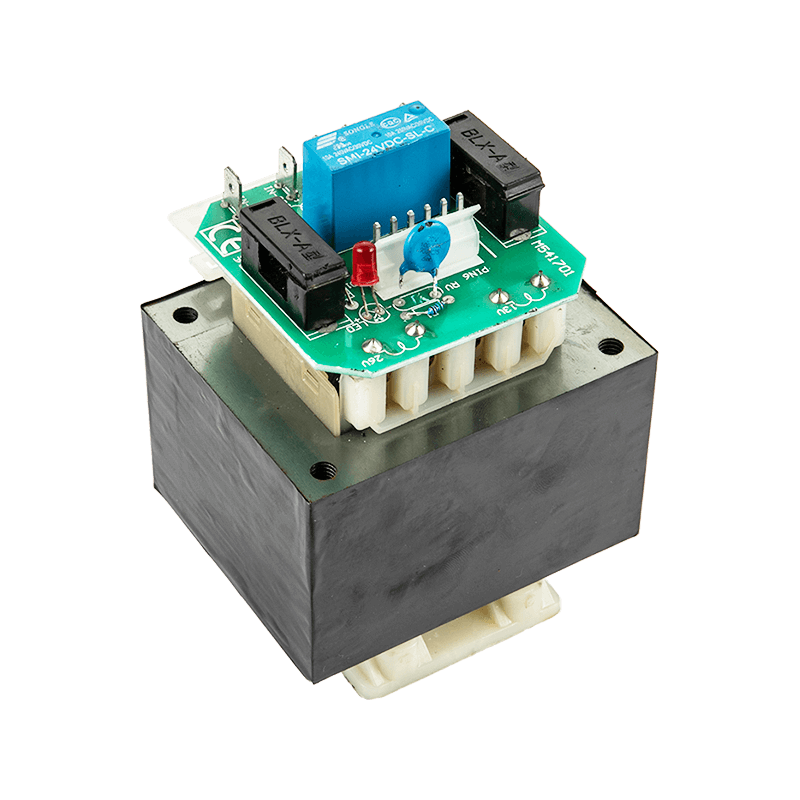

A power transformer is a static electrical device that […]
A power transformer is a static electrical device that is used to convert a certain value of AC voltage (current) into another or several voltages (current) of the same frequency with different values. When the primary winding is energized with alternating current, alternating magnetic flux is produced, and the alternating magnetic flux passes through the iron core to induce an alternating electromotive force in the secondary winding.
How to solve the power transformer failure:
1. Oil leakage at the weld
Mainly due to poor welding quality, false welding, desoldering, pinholes, blisters and other defects in the weld. The power transformer is covered with flux and paint when it leaves the factory, and hidden dangers are exposed after operation. In addition, electromagnetic vibration will cause welding. Vibrate and crack, causing leakage. For leaks that have already occurred, first find out the leaking point and not leave it out. For severe leakage, metal tools such as flat shovel or sharp punch can be used to rivet the leakage point. After the amount of leakage is controlled, the treatment surface will be cleaned. Most of the polymer composite materials are used for curing, and long-term treatment can be achieved after curing. The purpose of the leak.

2. Oil leakage from the seal
The reason for poor sealing is that the seal between the tank edge and the tank cover is usually sealed by oil-resistant rubber rods or rubber gaskets. If the joints are not handled properly, it will cause oil leakage failure. Some are tied with plastic straps, and some directly press the two ends together. Due to the rolling during installation, the interface cannot be pressed firmly, and the sealing effect is not achieved, and it is still leaking oil. It can be glued with Fuschlan material to form a whole joint, and the oil leakage phenomenon can be greatly controlled; if the operation is convenient, the metal shell can also be glued at the same time to achieve the purpose of leakage control.
3. Oil leakage at the flange connection
The flange surface is not flat, the fastening bolts are loose, and the installation process is not correct, so that the bolts are not fastened properly, which causes oil leakage. After tightening the loose bolts, the flange is sealed, and the bolts that may leak are also dealt with to achieve the purpose of complete treatment. The loose bolts must be tightened in strict accordance with the operating process.
Zhejiang Dechuang Transformer Manufacturing Co., Ltd.